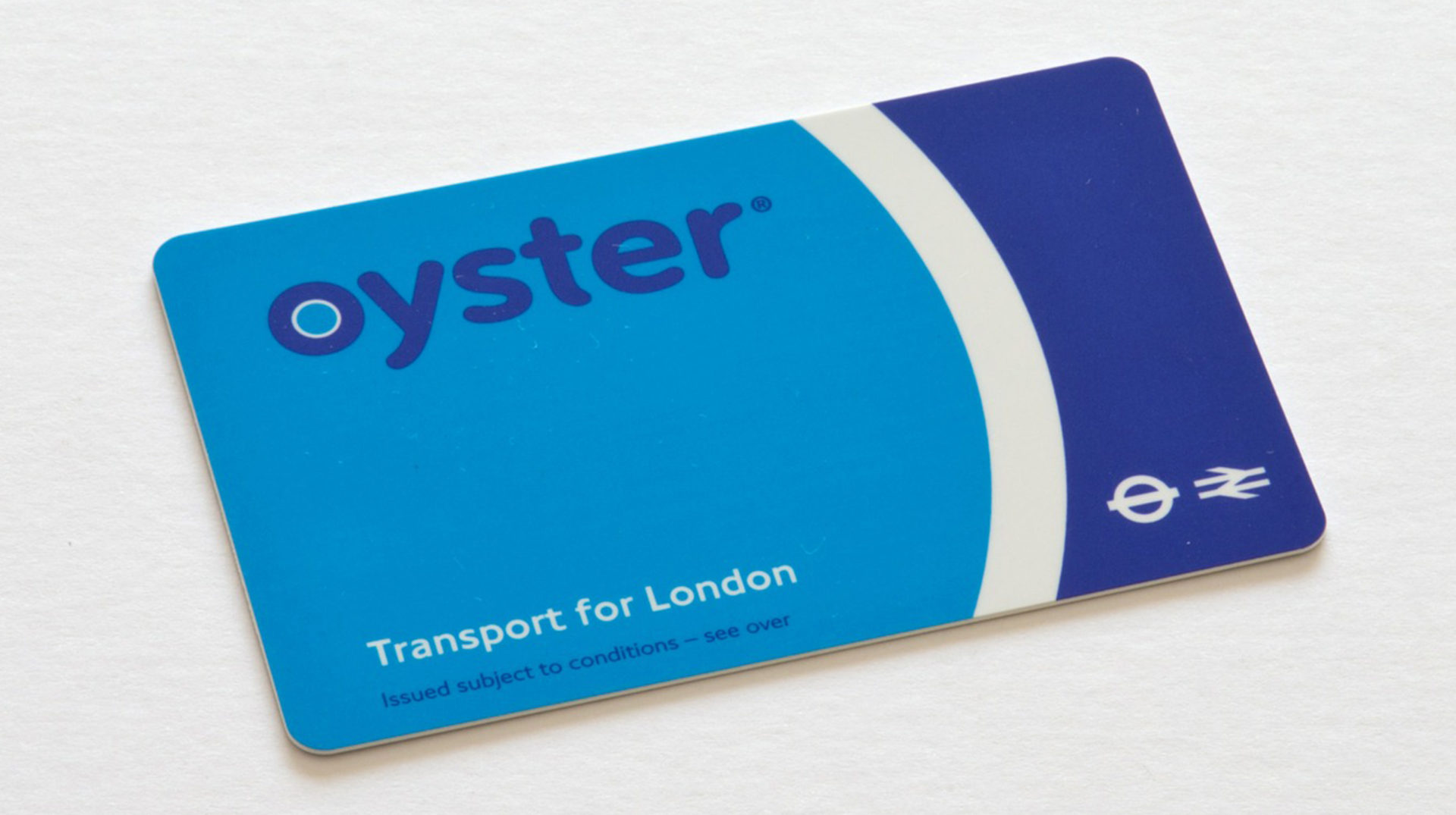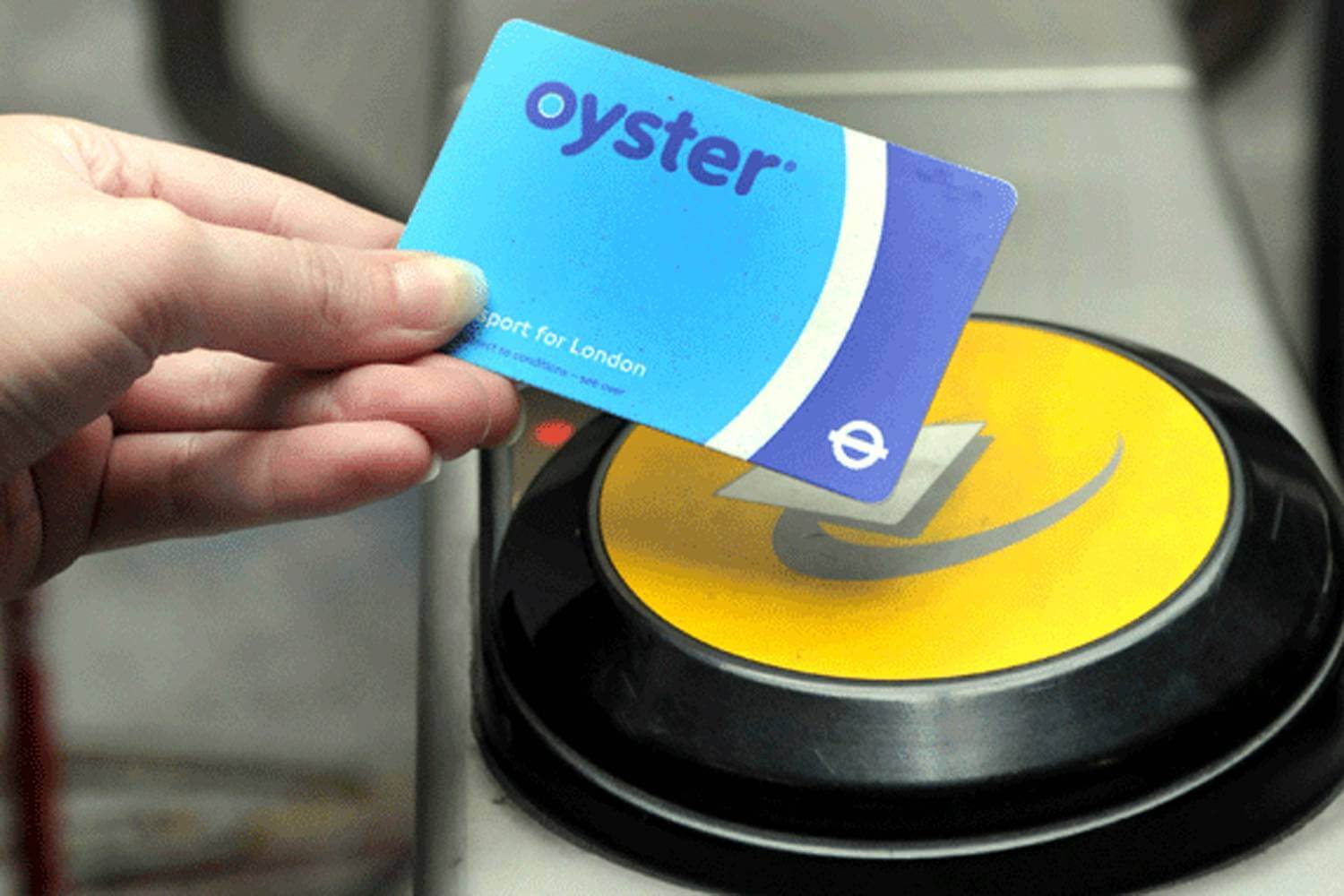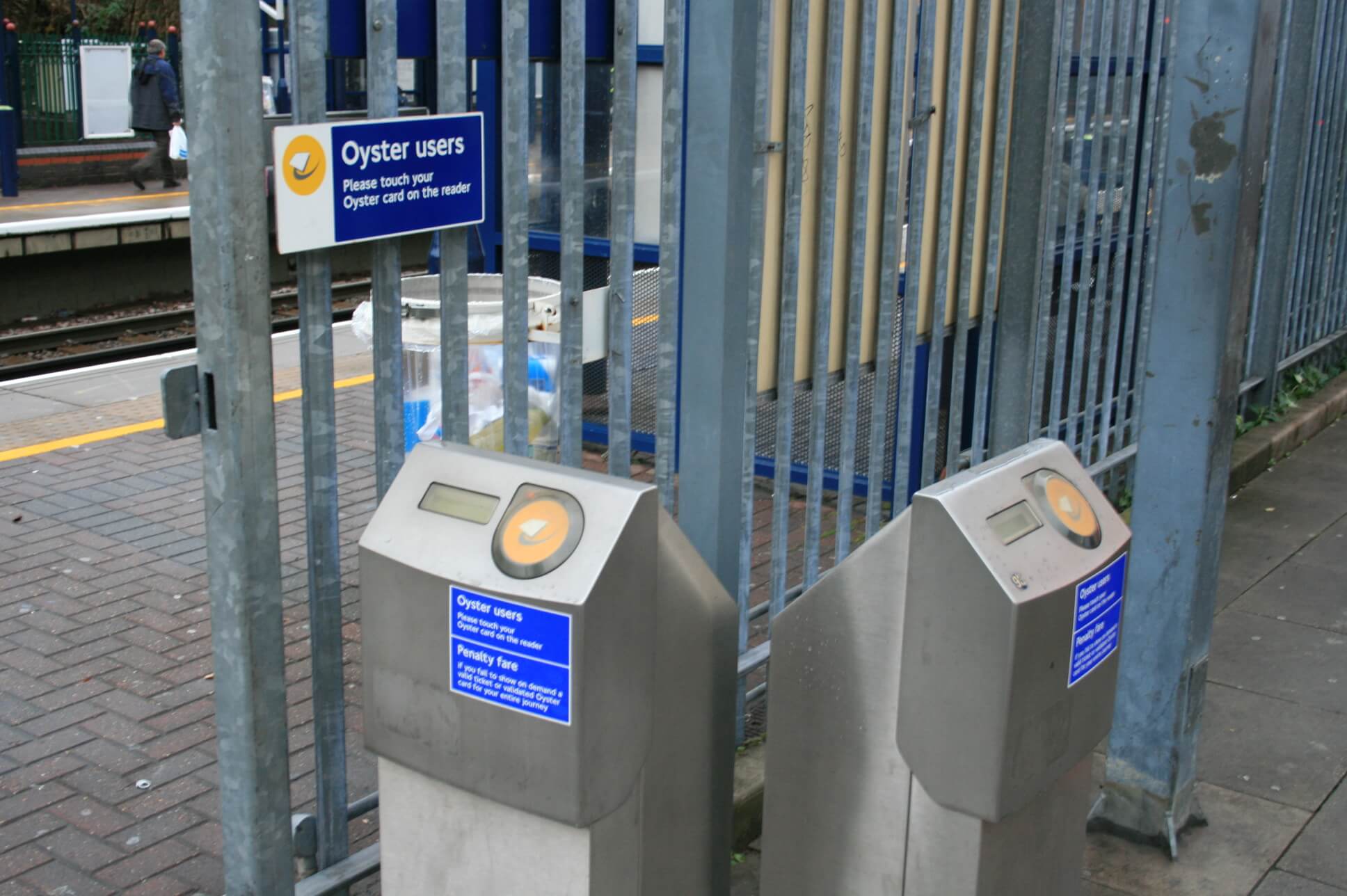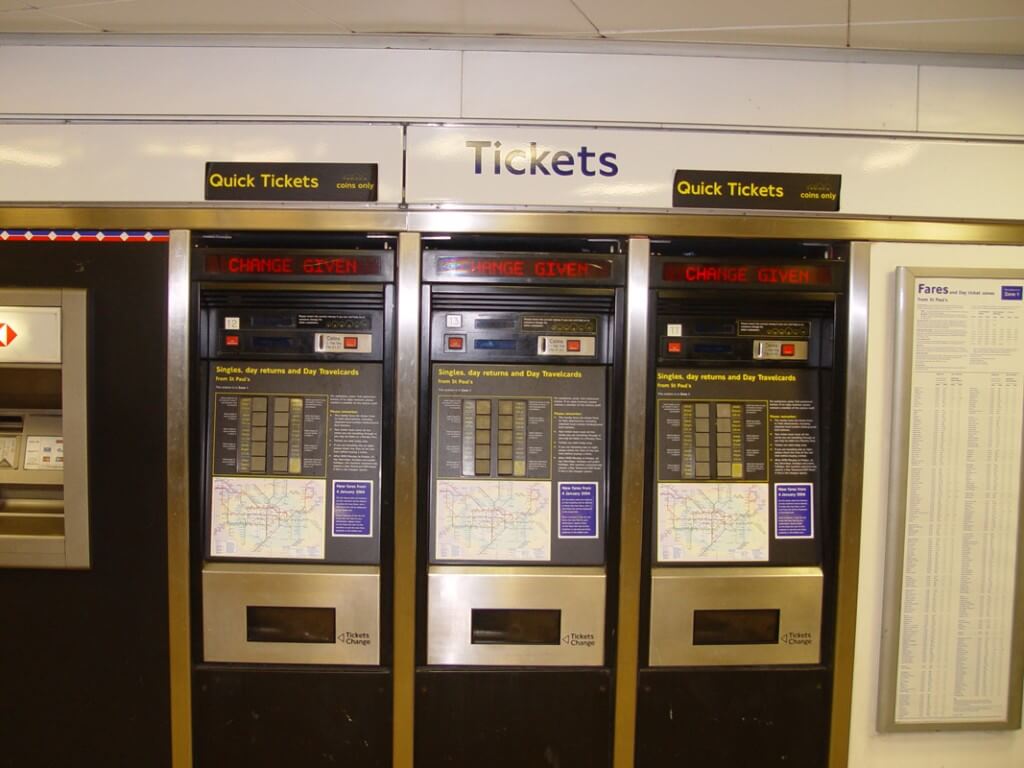
50: A novice’s introduction to service design for product managers
I’m writing about one hundred things I’ve learned as a product manager.
I’m no expert on service design, but it’s an area I’m curious to learn more about. This is a novice’s introduction to service design for product managers.
The way I understand service design so far is that it looks at the bigger picture – the interaction between multiple products and services, online and offline, physical and digital – with the aim of helping the user to achieve their goal.
London’s Oyster card #

If you’ve ever travelled in London, you’ve probably heard of the Oyster card. It’s a pre-paid card you use to pay for your travel in London. You touch on special readers at the entrance and exit of every Underground station, on every bus, and on overground trains operating in the London area. The alternative is to buy a more expensive and less durable paper ticket, that you typically use for one or two journeys. It’s similar to Sydney’s Opal card and Hong Kong’s Octopus card.
Knowledge in the head and in the world #
In his seminal book The Design of Everyday Things, Don Norman talks about how some interactions require “knowledge in the head” instead of “knowledge in the world”. Knowledge in the head is information you need to have learned and to remember before you can perform the interaction. In contrast, knowledge in the world means there are clues or signposts that allow you to interact successfully with an object, even if you’ve never it before.
Oyster cards don’t completely remove the need for knowledge in the head, but their design and that of the wider ecosystem does minimise it. Travellers no longer need to remember or look up the arcane and arbitrary rules determining the correct fare to pay for their journey.
Success comes from the wider ecosystem #
Useful as the Oyster card is, it wouldn’t have been half as successful if it didn’t fit into a wider ecosystem. It works because:
- it’s easy to get hold of a new card from vending machines in stations;
- you don’t have to activate it or register it online before you can use it;
- you can add credit to it using any ticket machine at any station;
- you can register it with an online account to manage automatic payment top-ups, cancel a card, and so on;
- the card readers on which you touch the card are visually consistent and easily identifiable (they’re bright yellow) regardless of the form of transport.


It also helps that there are millions of people already using them each day – learning by other people’s example is powerful.
It’s taken several years since Oyster cards were introduced to reach this relatively smooth user experience. The overall service is by no means perfect, but perfection is unattainable – anything can be improved. In any case, support for contactless payments directly from your credit or debit card and Apple Pay may render Oyster redundant in a few years’ time. Nothing really stands still.
Service design considers the bigger picture #
To my untrained eye, this Oyster ecosystem is a pretty good illustration of service design. Each individual physical and digital product and service must meet its own users’ needs, but the service design also needs to encompass how each of these products and services must interact seamlessly to allow travellers to achieve their goal: to move around London with relative ease, even on their first visit.


From my time working with the talented service designers at Ministry of Justice Digital, I’ve had my perspective broadened. It’s humbling – and exciting – to be reminded how much there still is for a product manager like myself to learn. The good news is that there are many skilled practitioners to learn from and well-established tools and techniques to use when designing services.
Service design seems to be a sensible addition to a product manager’s skill set. Have you started thinking about it yet?



0 Comments on “50: A novice’s introduction to service design for product managers”